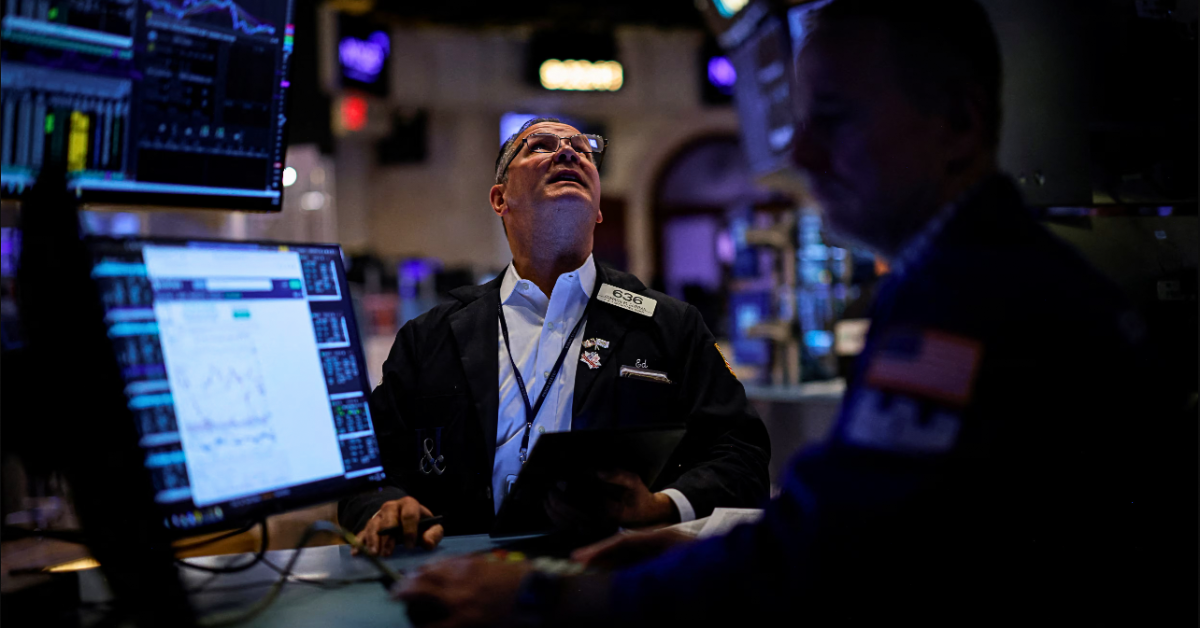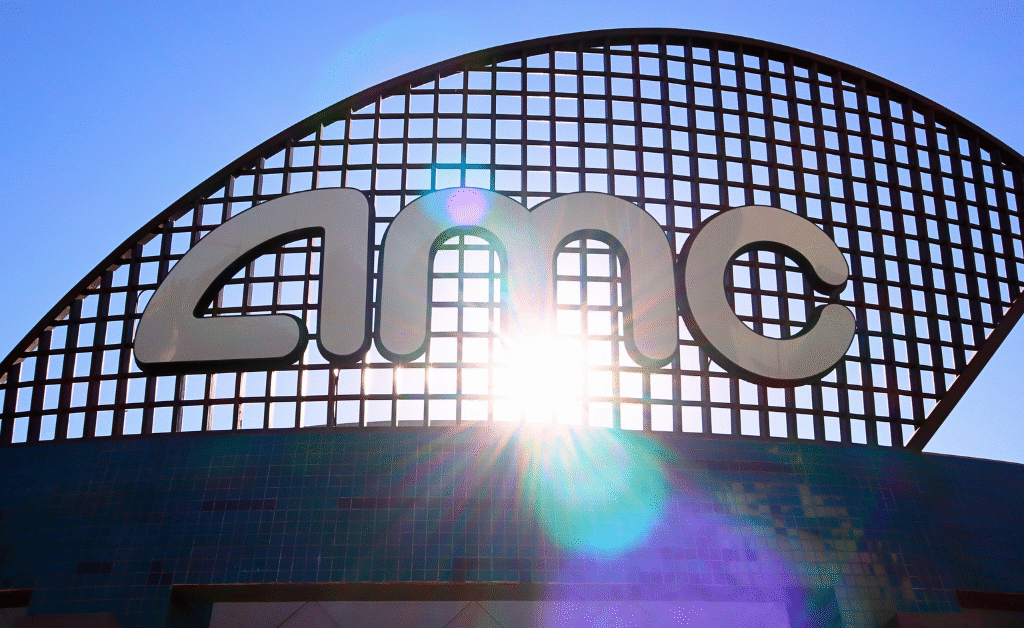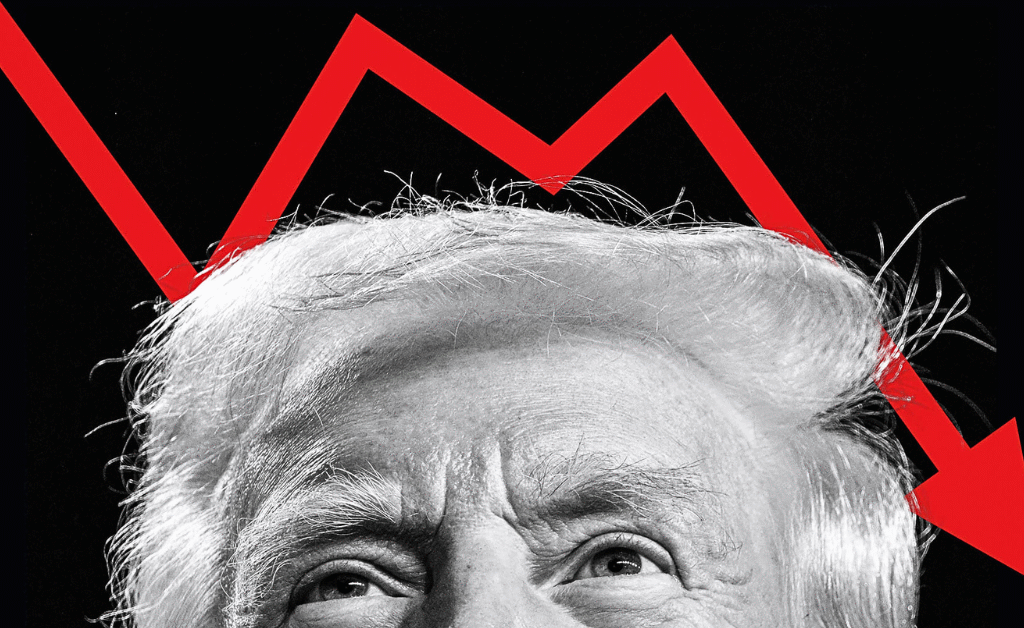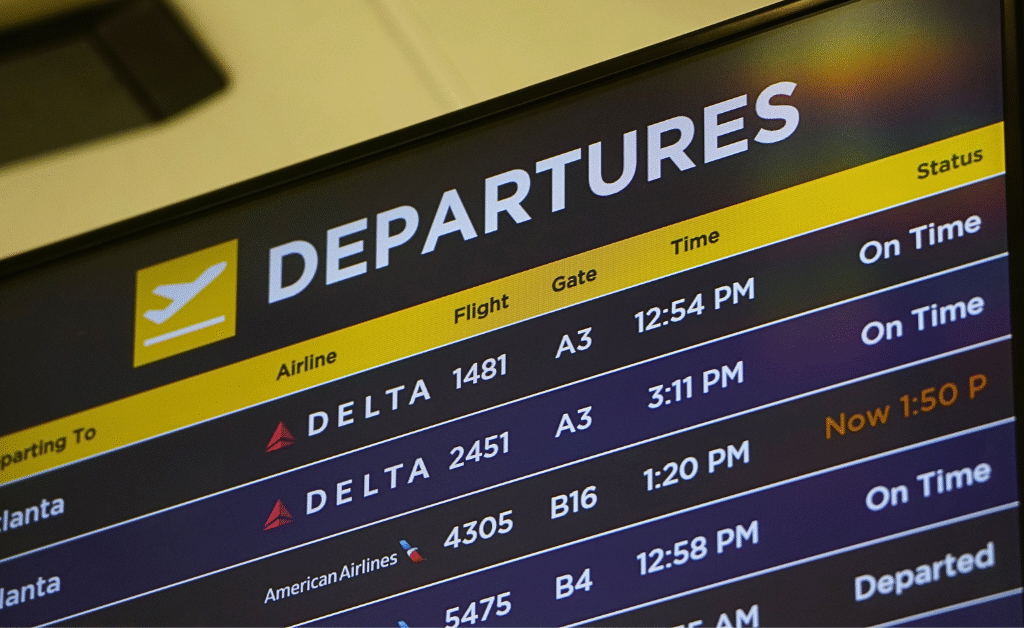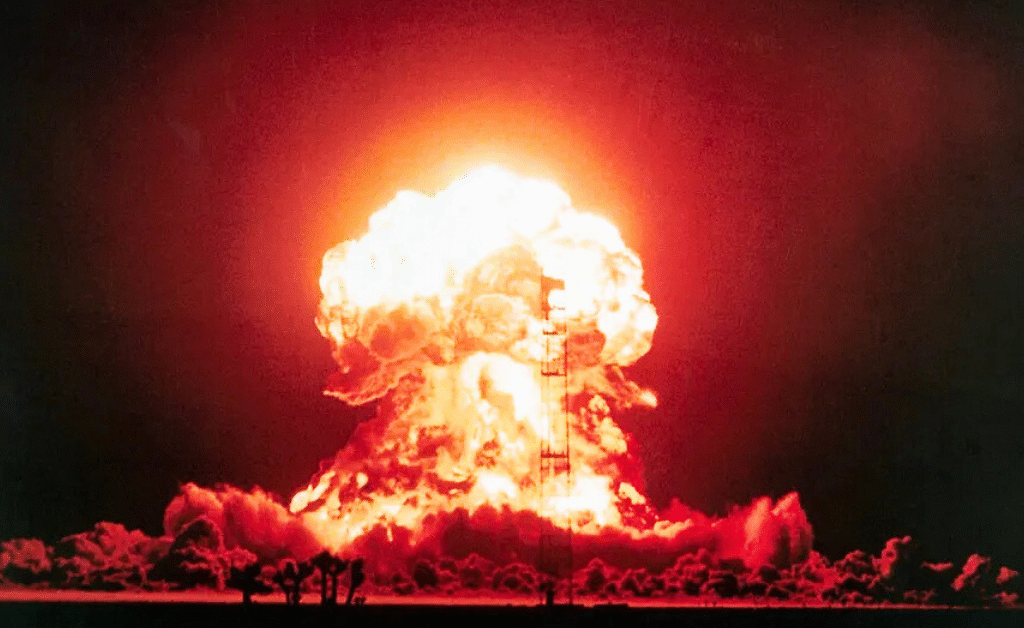- Deutsche Bank warns a dangerous disconnect: frothy equity valuations and record margin debt clash with tightening credit, risking rapid market repricing and chaos.
- They forecast wider high-yield spreads and rising defaults, which could trigger forced deleveraging, volatile short‑squeeze events, and broad financial stress.
If you’ve been wondering why the stock market keeps hitting new highs while whispers of economic trouble grow louder, you’re not alone.
Deutsche Bank just dropped a bombshell report that’s got Wall Street buzzing: the massive gap between booming equity markets and tightening credit conditions isn’t just a quirk—it’s a flashing red warning sign for potential financial chaos ahead.
Picture this: Stocks, especially those mega-tech giants driving the “Magnificent Seven,” are partying like it’s 1999, fueled by sky-high valuations and a surge in margin debt that Deutsche Bank’s credit team says echoes the dot-com bubble.
The FrankNez Media Daily Briefing newsletter provides all the news you need to start your day. Sign up here.
Meanwhile, over in the bond world, credit investors are acting like the party’s already over—spreads are poised to blow out, defaults are climbing, and high-yield bonds could take a serious hit.
Experts Weigh In
Deutsche Bank’s strategists didn’t mince words. They see U.S. high-yield credit spreads widening by 80 to 120 basis points over the next year, thanks to spiking equity volatility and a slowing economy.
Worse yet, they’re forecasting speculative-grade corporate defaults jumping to 4.7%–4.8% by mid-2026.
That’s not pocket change; that’s the kind of stress that could ripple through everything from junk bonds to your 401(k).
Why Are These Markets Telling Totally Different Stories?
Normally, equities and credit dance to the same beat—both reflecting the health of companies, inflation vibes, and Fed moves.
But right now? Total disconnect.
On the equity side, investors are all-in on growth fantasies, piling into tech amid AI hype and ignoring sticky inflation or the Fed’s stubborn high rates.
Margin debt is through the roof, just like back in the late ’90s when everyone thought trees grew to the sky.
Flip to credit: Bond folks are pricing in pain.
Higher borrowing costs are squeezing corporate balance sheets, consumer delinquencies are rising in credit cards, auto loans, and student debt, and geopolitical mess plus thinning liquidity could spark a fire sale.
Deutsche calls out mispriced Fed expectations too—markets might be dreaming of endless rate cuts, but future tariffs and inflation could slam the brakes.
One bad data point or policy twist, and boom: rapid repricing across assets.
Who Wins Big (And Who Gets Crushed) If This Plays Out?
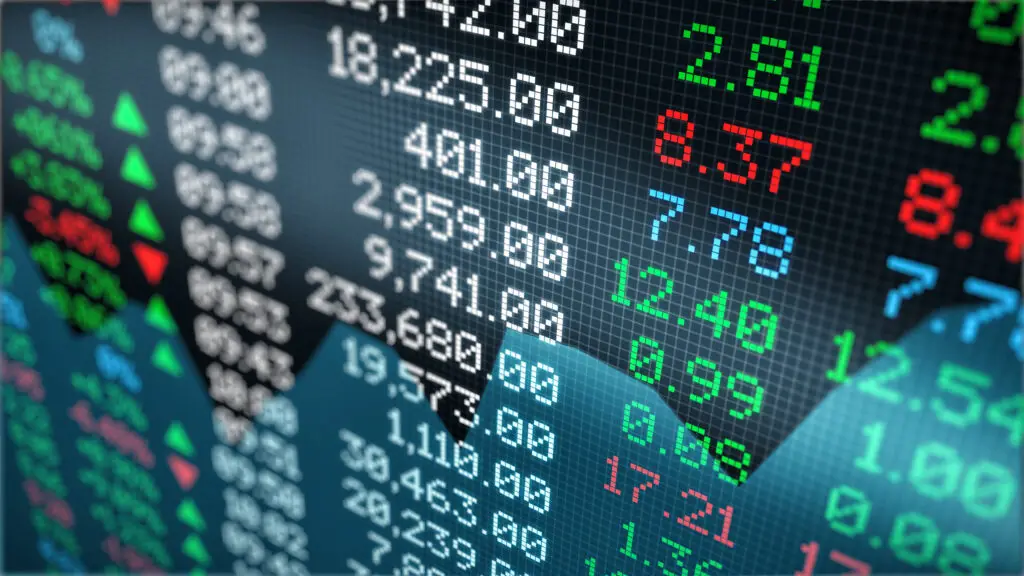
Not everyone’s in the danger zone.
Companies with fortress balance sheets—like cash-rich behemoths Apple (NASDAQ: AAPL) or Microsoft (NASDAQ: MSFT)—could thrive, snapping up weaker rivals on the cheap.
Defensive plays in utilities or staples might shine as safe havens. But the losers?
Highly leveraged firms, especially those junk-rated ones drowning in high-yield debt.
Think private equity roll-ups with massive loans coming due—they’ll face brutal refinancing costs, profit crunches, or outright defaults.
Cyclical sectors like manufacturing or retail could get hammered in a slowdown.
Even the Magnificent Seven aren’t bulletproof. If credit’s gloom spills over, those lofty stock prices could correct hard, exposing over-reliance on a handful of winners.
Echoes of Past Crashes: Dot-Com Déjà Vu?
This isn’t new territory. Deutsche points straight to the dot-com era: equities ignored credit warnings until the bubble popped, wiping out trillions.
Today’s margin debt surge? Same vibe.
Add in 2008-style overleveraging risks, and it’s easy to see why the bank says some dislocations are “ripe for a correction.”
Broader fallout could hit banks with bad loans, funds loaded on junk debt, and everyday businesses scrambling for capital.
Regulators might step in with buffers or liquidity injections, but if confidence cracks, deleveraging could snowball.
How About a Short Squeeze Scenario?
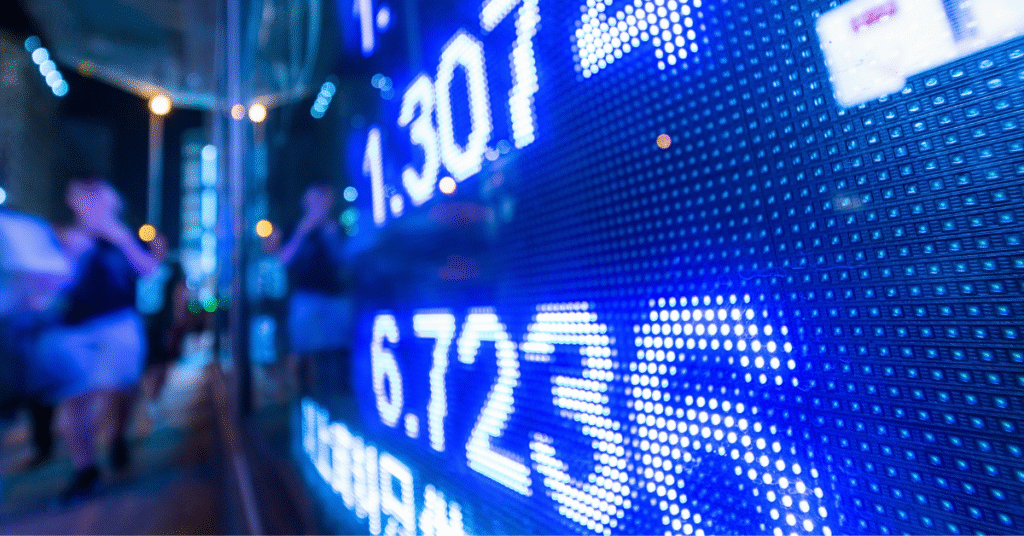
Short squeezes are not only possible in Deutsche Bank’s “full-blown mess” scenario — they become one of the most likely fireworks shows on the way down, and the bank’s own data practically screams it.
Here’s why:
- Margin debt at dot-com-bubble levels
Deutsche explicitly flags that U.S. margin debt is now at the highest percentage of GDP since 1999–2000. When the correction finally hits, forced deleveraging kicks in. Prime brokers issue margin calls → hedge funds and retail traders puke out long positions → prices drop fast → more calls → vicious spiral.
But the same overcrowded long book means short interest in certain names has also ballooned quietly (especially in the most expensive, most levered corners of tech, biotech, EV, meme 2.0, etc.). A 10–15 % air pocket to the downside can trigger a 30–50 % rip higher in the most-shorted names as shorts cover into zero liquidity. We saw it in 2008 (VW squeeze), 2020 March–May (Hertz, countless biotech), and Jan 2021. Same playbook. - Liquidity is already evaporating
The strategists warn that “market depth has thinned dramatically” and “bid-ask spreads in high-yield and even IG credit are already 2-3x wider than 2023 averages.” Translate that to equities: when everyone heads for the exit at once, the stocks with the highest short interest (often the junky, over-owned growth names) become gamma-squeeze candidates because market-makers have no inventory left to cushion the blow. - Volatility spike = gamma flip
Deutsche forecasts the VIX “easily back to 35-45” in the stress scenario. That’s the exact regime where dealer gamma turns negative fast. Short-dated call open interest in the ARKK-type names and single-stock memes is still enormous. A 5 % gap down triggers delta-hedging buying that snowballs into a 20-40 % intraday rip — classic 2020/2021 pattern. - Historical precedent they themselves cite
The bank literally name-checks 2000–2003: “equity markets experienced multiple 20-50 % short-squeeze rallies inside the broader bear market.” They single out the March 2001 squeeze, the July 2002 squeeze, and the monster Oct 2002–March 2003 bear-market rally that burned shorts for 48 % on the Nasdaq 100 while credit kept blowing out. Same setup today. - Credit blow-out actually fuels equity short squeezes
When high-yield spreads gap 200 bps in a week (which DB says is plausible), junk-rated companies see their bonds crater 15-30 cents on the dollar. That forces convertible-arb desks to unwind: they bought the bond, shorted the stock. Bond goes to 70 → position blows up → they cover the short stock hard. Instant 25–80 % squeeze in micro-cap junk names (think 2020 Hertz on steroids).
What’s Next—And How Bad Could It Get?
Short-term: Expect choppy waters. Volatility spikes, sector rotations out of riskies into bonds or cash.
Long-term: A pivot to quality—strong earnings, low debt over hype. Opportunities in distressed assets for bold players.
Scenarios?
- Mild shakeout: Equities dip, credit stabilizes, defaults stay manageable.
- Full-blown mess: Sharp corrections, recession trigger, Fed forced to rescue, short squeezes.
- Slow grind: Persistent disconnect drags on volatility without total collapse. financialcontent.com
Deutsche’s bottom line: This divergence is screwing up risk pricing, threatening stability big time.
As one strategist put it, equity cheerleaders are shrugging off what credit pros are betting on: real distress ahead.
With thinning liquidity and global uncertainties, the reckoning might come sooner than you think.
Also Read: A DOJ Whistleblower Now Makes Revelation That Undermines the Judicial System’s Integrity


